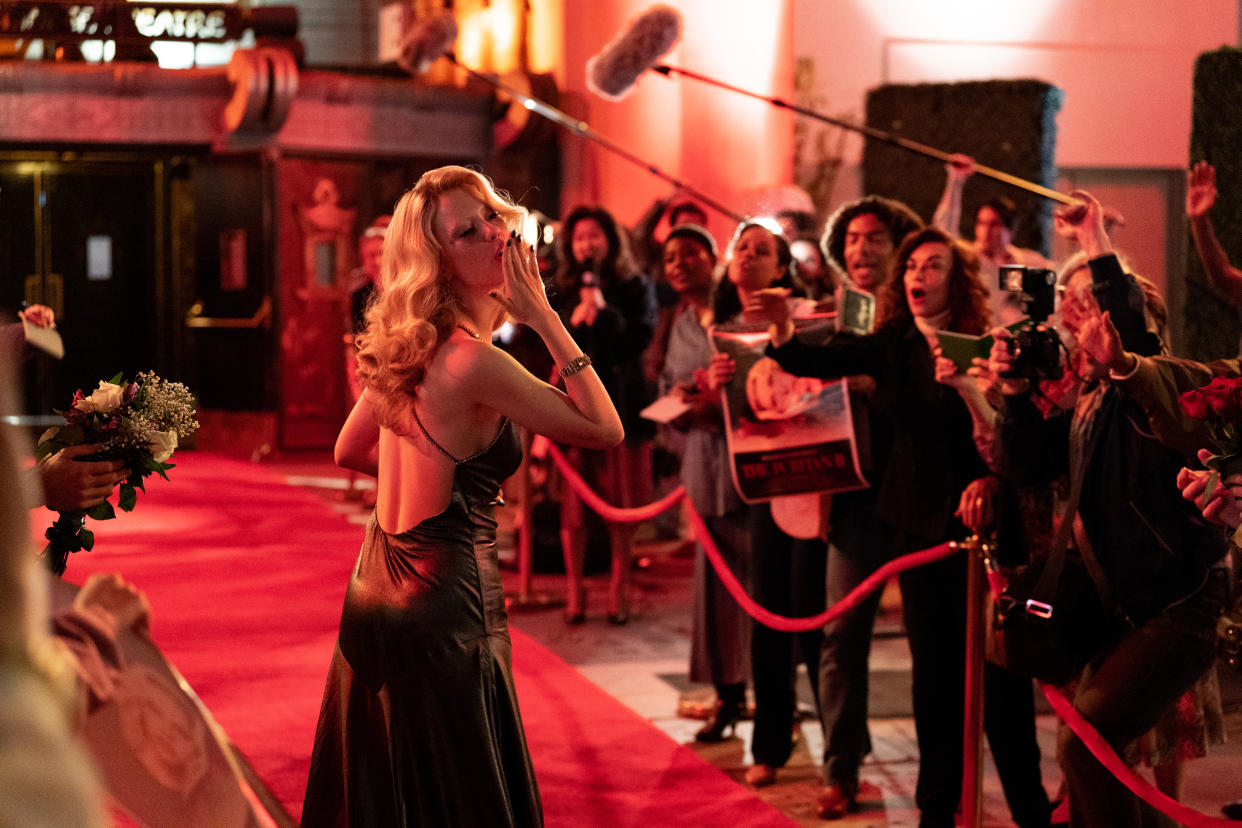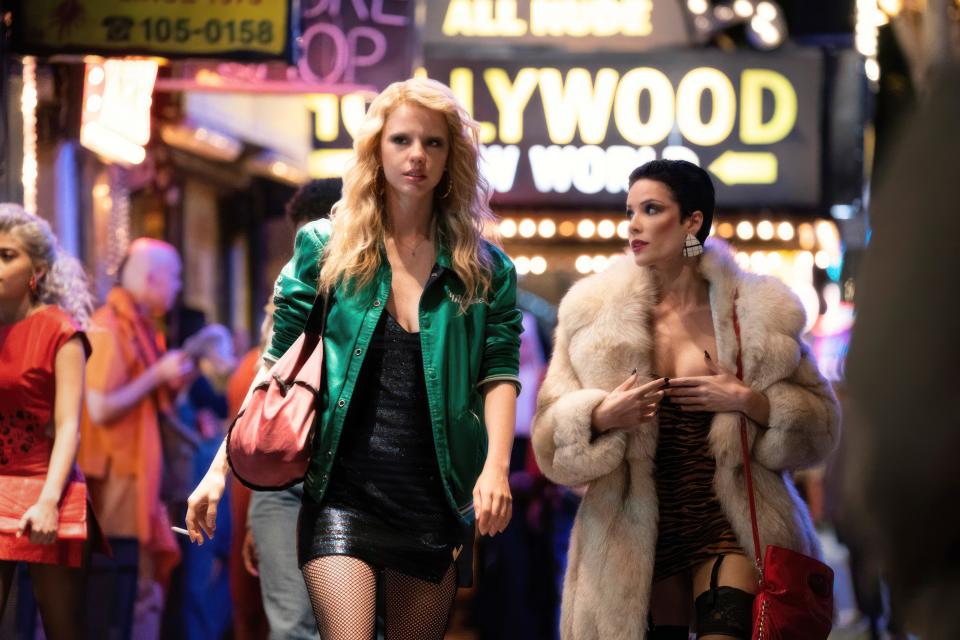Ti West Almost Walked Away from Horror — Then Came the Trilogy That Climaxes with ‘MaXXXine’

Writer/director Ti West has been one of horror’s most compelling, original voices since his 2005 debut “The Roost,” but with his last three movies, his filmmaking skills have risen to a whole new level. He had taken a six-year break from features when he released “X” in 2022, but the movie was well worth the wait; the 1970s-set story of an adult film cast and crew who find themselves under siege by a murderous couple, “X” was daring, scary, and funny — it was also immaculately crafted, with a precision and purposefulness in the framing and lensing that elevated it above most of the exploitation films from which it took inspiration. West shot “X” back-to-back with its prequel “Pearl,” an even more meticulously designed — and completely different in tone and style — period piece, this one an origin story for one of the first film’s killers set in 1918.
Now, West has capped off the trilogy with its boldest entry, “MaXXXine.” Where “X” and “Pearl” were confined to limited locations, “MaXXXine” is set against the more expansive backdrop of 1980s Hollywood as the title character — a survivor from the first film — moves there to pursue stardom amidst a violent crime wave sweeping the city. Part horror film, part showbiz satire, and part anthropological study of Reagan-era mores, “MaXXXine” is packed with ideas but delivers them with the steady, smooth confidence of an old-school classical auteur like Don Siegel or Howard Hawks. West’s concision and clarity are as impressive as his ambition, resulting in an entertaining ride that doesn’t seem like the director is working hard for his effects, even though every scene is fraught with potential hazards.
More from IndieWire
That ability to make his craft invisible partly comes from West honing his chops directing episodic television during his break from features. “TV was really beneficial in regards to just like the sheer amount of reps you get to put in on set,” he told IndieWire’s Filmmaker Toolkit podcast. “As someone who writes and directs their own movies, best case scenario you can make a movie a year if you’re really prolific. But in TV, you can do six, seven shows a year, and they’re an hour long. You’re put into all kinds of scenarios that you didn’t set up, so there’s no piece of equipment I haven’t seen now. There are very few personality types I haven’t interacted with. It certainly makes you more competent, technically speaking.”
During that hiatus from theatrical features, West thought long and hard about what he wanted out of his film career. “I didn’t want to make horror movies for a while because I’d made so many in a row,” he said. “I was trying to think of what it would take to get me to want to do it again, because making a movie was sort of like two years of trauma.” West didn’t want to spend another two years making a horror movie just for the sake of doing it, so he tried to put himself back in touch with what made him fall in love with movies in the first place, and he found that the answer was craft. “I tried to think, what’s an idea that would really put the craft of filmmaking on display — all crafts from directing to performance to music, to special effects, make-up, etc.”

That led to the exploration of filmmaking that began in “X,” continued in “Pearl,” and reaches its apotheosis in “MaXXXine.” One of the most impressive aspects of the third film is that its period detail feels completely authentic but not overbearing; the signifiers of the 1980s are all organic outgrowths of the story that avoid cheap laughs or easy nostalgia. While the movie contains echoes of ’80s touchstones like “Body Double” and “Death Wish II,” none of the references are overly self-conscious; they’re simply part of West’s DNA, naturally absorbed and reimagined in fascinating ways. “With the ’80s, it can get kitsch really quick as soon as you have people in leg warmers and things like that,” West said. “It was a matter of trying to have the right balance of pop culture and late ’70s furniture to make it feel as lived in as possible.”
One of the biggest challenges on West’s decent but not excessive budget was recreating Hollywood Boulevard with vintage storefronts and cars, something his team did by taking over one block between Cahuenga and Wilcox and redressing it several times so that it could stand in for different parts of the neighborhood. West rigorously prepared with his crew so that they wouldn’t lose sight of what was important amidst the chaos of production. “You find yourself just trying to survive the day sometimes, and that was something we were always very conscious of,” West said. “We would joke in the office, we don’t want to leave cinema on the table. We were always trying to make sure that we didn’t just go, ‘We accomplished the scene, thank God.’ There always needs to be a reason for how we’re photographing and staging the scene.”
Now that West has put the finishing touches on his trilogy, he’s ready for a break. “I’ve been doing this now for three and a half, four years nonstop, 12 hours a day, seven days a week. I’m pretty exhausted. I have some ideas of what’s probably next and what’s hopefully next, but I’m also just very eager to get the next two weeks behind me. I’m very proud of the movies. I feel like I stuck the landing, and I’m aware of how unlikely that is. I’m just trying to get to the end and then maybe take a weekend or a week off, and then figure out what’s next.”
Best of IndieWire
Sign up for Indiewire's Newsletter. For the latest news, follow us on Facebook, Twitter, and Instagram.

 Yahoo News
Yahoo News 
